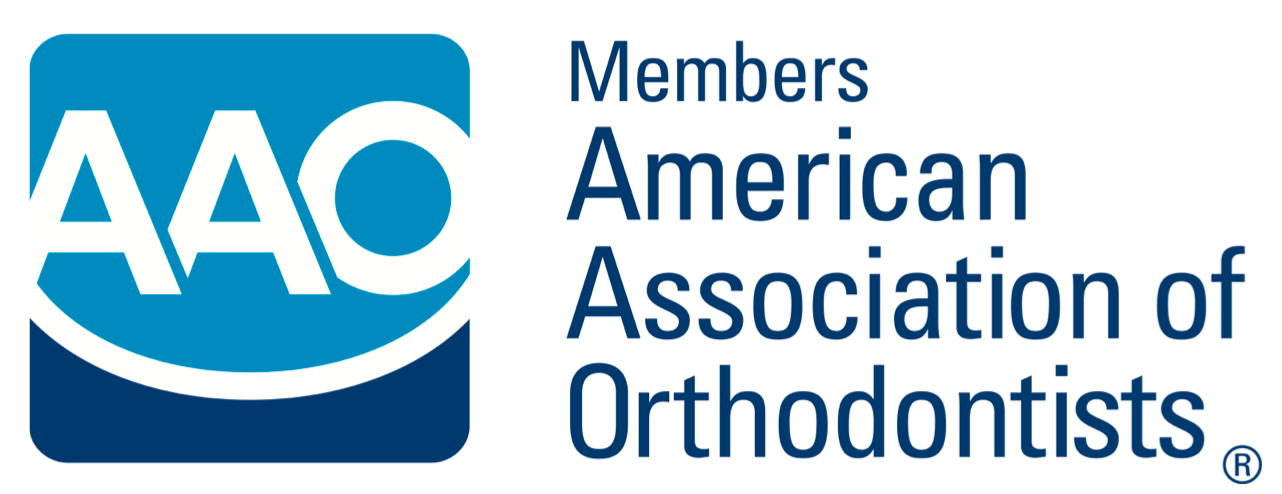
Braces
Teeth
can be repositioned with braces that are attached to the teeth or by removable
appliances. Fixed braces or removable appliances place a constant, gentle
force in a carefully controlled direction, and are designed to slowly move
teeth through their supporting bone to a new desirable position.
Brackets are the small components that are bonded to each tooth. They can be
silver-colored or tooth-colored, depending on the patient's preference. In
some cases, "lingual braces" are brackets bonded on the inside of the
teeth.
Wires are the components that connect each bracket to
another. In addition to the more traditional steel wires, some are made of
technologically advanced alloys of nickel, titanium, copper and cobalt. Some
wires are even heat-activated. When engaged with the brackets, the wires are
designed to exert a steady, gentle pressure on the teeth. This allows the
tooth-moving process to be faster and more comfortable for patients, and
ultimately, reduce the number of appointments needed to make adjustments.
Clear orthodontic wires are currently being tested and developed, but are not
on the market yet.
Care of your braces
It is important to maintain excellent oral hygiene to limit the
risk of decalcification and cavities forming on your teeth when braces are in
place. In addition, avoiding sticky, chewy, tough and sugary foods will help
to keep your orthodontic appliances intact and your teeth healthier. Your
orthodontist and staff will provide education and supplies to help you keep a
healthy smile.
Discomfort of braces
Overall, orthodontic discomfort is short-lived and easily
managed. Most people have some discomfort after their braces are first placed
or when adjusted during treatment. After the braces are on, teeth may become
sore and may be tender to biting pressures for a few days to a week. Patients
can usually manage this discomfort well with whatever pain medication they
might commonly take for a headache.
The lips, cheeks and tongue may
also become irritated for one to two weeks as they toughen and become
accustomed to the surface of the braces. Using dental wax provided by the
orthodontist and staff can help soften the rough edges during active
treatment.
Braces and your active lifestyle
Special mouthguards are needed during active orthodontic
treatment for patients who are involved in contact sports. These mouthguards
are available to patients who need them, and a custom-fit mouthguard will be
provided as needed for patients who have completed active treatment.
Playing
wind or brass instruments, such as the trumpet, will often require some
adaptation to braces. With practice and a period of adjustment, braces
typically do not interfere with the playing of musical instruments.
Retainers
Retainers are needed after orthodontic treatment and removal of
braces because the teeth can shift out of position if they are not stabilized.
Retainers are designed to hold teeth in their corrected, ideal positions until
the bones and gums adapt to the treatment changes. Wearing retainers exactly
as instructed is the best insurance that the treatment improvements last for a
lifetime.
Space maintainers
Baby molar
teeth, also known as primary molar teeth, hold needed space for permanent
teeth that will come in later. When a baby molar tooth is lost or removed, an
orthodontic device is usually worn to hold the space for the incoming
permanent tooth.

